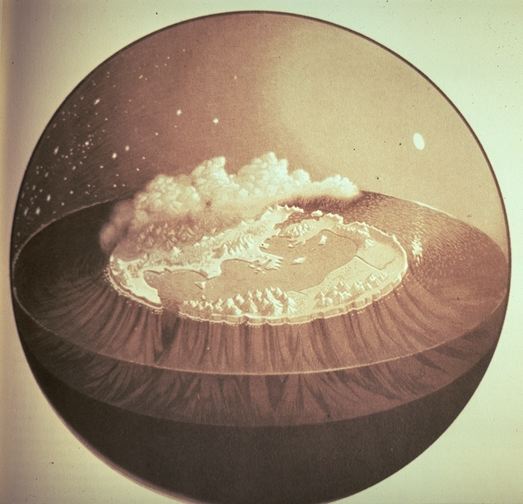

The world of the Iliad is a whole different world. Entering it, we are placed in an unfamiliar landscape where we do not know what is where or how to get from A to B. What we need, is a map. Wandering around in this world, we need to see both the small and the large features, not just the local scenery.
OK, enough with the metaphor. If we want to critique the Iliad, we need to have a clear idea of the whole, what the parts are and how they relate to each other and to the whole. We need to know what the poem, the whole poem, is actually trying to tell us before we discuss the individual scenes. A "Homerum ex Homero" analysis of this kind I find lacking in the existing literary criticism. So, here it is. I hope to prove that it can be done and that it is a meaningful exercise.
The making of this map involved a simple process: 1) the creation of a "high-resolution" list of basic topics, that is, groups ("stanzas") of less than 10 hexameters which can be summarized in a short caption. 2) making a list of patterns and likenesses within the previous list, finding groups of stanzas ("themes") that can be summarized in a short caption. 3) repeat until we get to the top level, the whole poem. The structured summary that is the result of this is the "thematic map" presented here.
In steps 2 and 3 patterns appear. Not equally clear everywhere but clear enough in some places to keep looking for them everywhere. Most of the time this search is rewarded. The result is a tree-structure which is all but complete. This thematic structure should more or less speak for itself. Where it does not, it has failed.
It is not a formal structure: it is an ordered set of topics and themes that some poet created in his head to keep a handle on a very ambitious project. He could - and did - always make ad hoc changes to it as the poetry demanded. Of course what we have here is but an echo of it, we cannot hope to get inside the head of an Ancient Greek poet. Also, someone else might make a different list than we have here. But we could take this attempt as a starting point for future discussion and gradual refinement.
We need two skills to find our way in this microcosmos: the ability to see likenesses and to recognize irony. The likenesses are simple, "near" likenesses. We need them to recognize allegory. It is always hard to make the case for the presence of allegory. To quote Umberto Eco: allegory is metaphor which could be taken literally. We suspect its presence:
a) because of convention.
b) because there must be relevance.
Archaic convention is hardly accessible to us. So the test will be whether we can find a relevant interpretation that makes sense. Without it, we have only half the Iliad and we may have to answer every question "why is the poet saying this?" with the answer "well, it's traditional". The irony is a similar "double" kind of language. We need sensitivity to it because the poem is drenched with it and if we do not see Homer's black humour, again, we miss half.